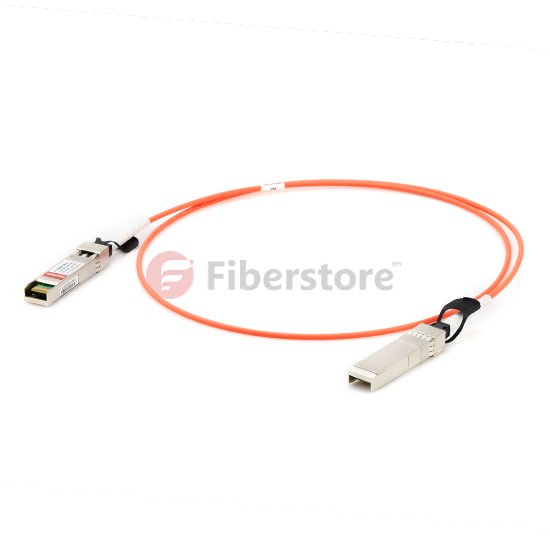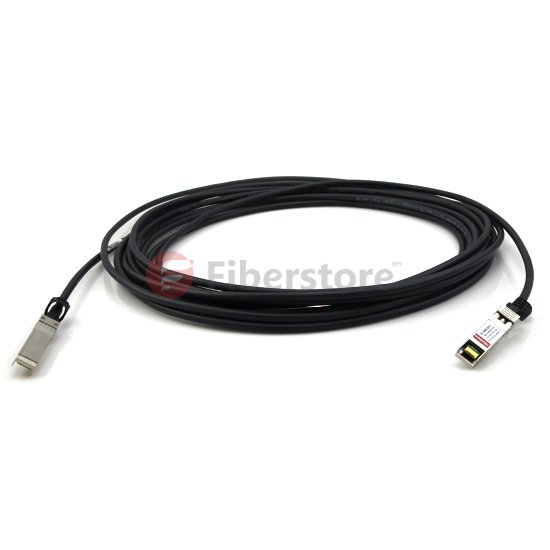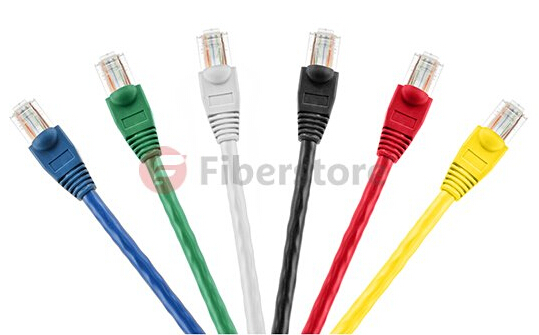Over the last decade, large enterprises have been migrating data center infrastructures from 100MB Ethernet to 1/10 Gigabit Ethernet (GbE) to support high-bandwidth, mission critical applications. However, many mid-market companies found themselves restricted from this migration to 10GbE technology due to cost, low port density and high power consumption. For many of these companies, the explosive growth of technologies, data and applications is severely taxing existing 1GbE infrastructures and affecting performance. So it’s high time for them to upgrade the data center to 10GbE. With many 10GbE interfaces options such as CX4, SFP+ Fiber, SFP+ Direct Attach Copper (DAC), and 10GBASE-T offered, which one is the best? In fact, the answer is 10GBASE-T.
Shortcomings of SFP+ in 10GbE Data Center Cabling
SFP+ has been adopted on Ethernet adapters and switches and supports both copper and fiber optic cables makes it a better solution than CX4, which is the mainstream 10GbE adoption today. However, SFP+ is not backward-compatible with the twisted-pair 1GbE broadly deployed throughout the data center. SFP+ connectors and their cabling were not compatible with the RJ-45 connectors used on 1GbE networks. Enterprise customers cannot just start adding SFP+ 10GbE to an existing RJ-45 1GbE infrastructure. New switches and new cables are required, which is a big chunk of change.

Advantages of 10GBASE-T in 10GbE Data Center Cabling
10GBASE-T is backward-compatible with 1000BASE-T, it can be deployed in existing 1GbE switch infrastructures in the data centers that are cabled with CAT6, CAT6A or above cabling. As we know, 1GbE is still widely used in data center. 10GBASE-T is backwards compatible with 1GbE and thus will become the perfect choice for gradual transitioning from 1GbE deployment to 10GbE. Additional advantages include:
- Reach
Like all BASE-T implementations, 10GBASE-T works for lengths up to 100 meters giving IT managers a far-greater level of flexibility in connecting devices in the data center. With flexibility in reach, 10GBASE-T can accommodate either top of the rack, middle of row, or end of the row network topologies. This gives IT managers the most flexibility in server placement since it will work with existing structured cabling systems. - Power
The challenge with 10GBASE-T is that even single-chip 10GBASE-T adapters consume a watt or two more than the SFP+ alternatives. More power consumption is not a good thing in the data center. However, the expected incremental costs in power over the life of a typical data center are far less than the amount of money saved from reduced cabling costs. Besides, with process improvements, chips improved from one generation to the next. The power and cost of the latest 10GBASE-T PHYs will be reduced greatly than before. - Reliability
Another challenge with 10GBASE-T is whether it could deliver the reliability and low bit-error rate of SFP+. This skepticism can also be expressed as whether the high demands of FCoE could be met with 10GBASE-T. In fact, Cisco has announced that it had successfully qualified FCoE over 10GBASE-T and is supporting it on its newer switches that support 10GBASE-T in 2013. - Latency
Depending on packet size, latency for 1000BASE-T ranges from sub-microsecond to over 12 microseconds. 10GBASE-T ranges from just over 2 microseconds to less than 4 microseconds, a much narrower latency range. For Ethernet packet sizes of 512B or larger, 10GBASE-T’s overall throughout offers an advantage over 1000BASE-T. Latency for 10GBASE-T is more than 3 times lower than 1000BASE-T at larger packet sizes. Only the most latent sensitive applications such as HPC or high frequency trading systems would notice any latency. - Cost
When it comes to capital costs, copper cables offer great savings. Typically, passive copper cables are two to five times less expensive for comparable lengths of fiber. In a 1,000-node cluster, with hundreds of required cables, that can translate into the hundreds of thousands of dollars. Extending that into even larger data centers, the savings can reach into the millions. Besides, copper cables do not consume power and because their thermal design requires less cooling, there are extensive savings on operating expenditures within the data center. Hundreds of kilowatts can be saved by using copper cables versus fiber.
Conclusion
The 10GbE standards are mature, reliable and well understood. 10GBASE-T breaks through important cost and cable installation barriers in 10GbE deployment as well as offering investment protection via backwards compatibility with 1GbE networks. Deployment of 10GBASE-T will simplify the networking transition by providing an easier path to migrate to 10GbE infrastructure in support of higher bandwidth needed for virtualized servers. In the future, 10GBASE-T will be the best option for 10GbE data center cabling!



